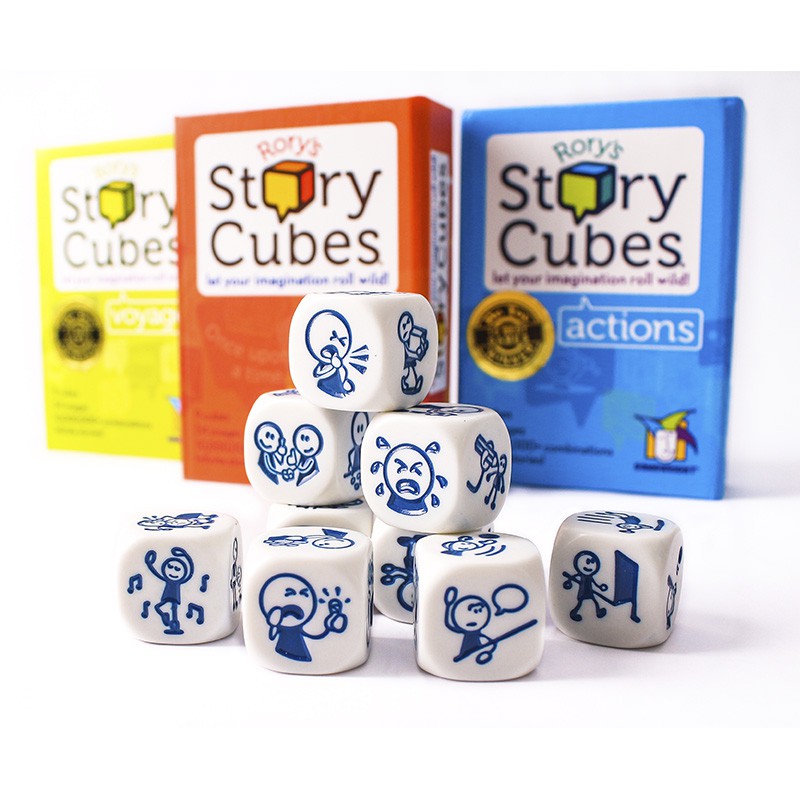In the previous article we had a look at some general principles of storytelling. Storytelling is a great technique to use with teenagers. It boosts their creativity, helps them to open up, and enables to improve their language skills in an engaging way.
This article will share some storytelling activities which can be used with teens.
Multi-voice storytelling
This activity was stolen by me from Mario Rinvolucri, an author of a number of ELT books, including some about telling stories.
In this activity, the story is told by the teacher but with the help of the learners. Tell the students that you need two volunteers to help you with your story. When they come along, sit facing the rest of the group. Start telling your story:
‘This story is about three people who lived in a village in Vietnam. It was a small village and it had a big river… I simply don’t remember what the river was like and where it ran… [turning to one of the helpers] Do you have a better memory than me? Can you describe it?’
(from M. Rinvolucri, Story telling: the language teacher’s oldest technique)
The helpers assist the teacher with descriptions and details. You can ask for their help as often as you need. The plot, however, is still the responsibility of the teacher, so get ready beforehand with the main turning points of the story you are going to tell.
At some point, you can ask the learners to finish the story in their own way. Then, they can share their endings and vote for the best, the scariest or the most unusual one.
Yes/No story
I first met this one at the workshop of Chaz Pugliese, a teacher trainer, presenter and author, and, should I say, he managed to intrigue us all. This activity will create a lot of speaking, arouse teens’ curiosity, and incorporate grammar — which teacher can resist?
Start telling a story but after a few sentences stop for a while and invite teens to ask you yes and no questions. Ideally, you will have something like this:
T: I was going to work today and noticed quite an unusual man. He was wearing a funny hat and was carrying a big suitcase. We got off the bus at the same bus stop. Suddenly I heard a strange noise coming from his suitcase.
S1: Was it a loud noise?
T: No, not really.
S2: Was it an animal?
T: Yes
Chaz’s trick was that he kept answering questions with the final vowel with ‘yes’ and the final consonant with ‘no’. Not knowing that we were absolutely excited, trying to find out the ending.
The story can move on and on. At some points, students take over and, by their ideas, develop it. After a while, you can ask teens to work in pairs and discuss what might happen next. Alternatively, they can write their own ending of the story. Grammar practice comes as a nice little bonus.
Give me a clue
This activity works well if you are planning to hear some personal stories from your students, so they will perform as storytellers. For example, they might be telling about their holidays, weekends, last birthday or what not.
After announcing the topic or asking the question, give out some pieces of paper and ask students to write down 7-8 keywords from their future story, a little word cloud. Then, put these word clouds on the board, one at a time, and invite other students to guess and add more details. Two alternatives here are asking yes/no questions or just trying to guess what has happened.
Our recent topic with teens was summer trips. One set of words about a trip to St. Petersburg looked like this:
cheese, Polish language, Lutheran church, vesi, doner kebab, cemetery
The other students went like:
Did you meet someone who was speaking Polish?
‘Vesi’ doesn’t sound English, was it in Polish?
Did you buy cheese as a souvenir?
So, you ate a lot of doner kebabs because there are some good ones in St. Petersburg, right?
What we had at the end were good, solid personal stories with lots of details and curiosity around them. Highly student-centred, by the way.
Story Cubes
Good old story cubes are sets of cubes with pictures which come in different thematic sets. Storytelling is their main focus. You can use them for stories based on various grammar aspects, time linkers, vocabulary — everything you need.
Students work in a group. The first person throws a cube and starts a story. The next one takes over, throwing another cube and continuing. Another alternative is using the whole set at once. The teacher or one of the students throws all the cubes. Teenagers then use all the pictures to write or tell the story of their own.

Activities with these cubes improve fluency and enhance creative thinking. What’s more, they are good fun.
If you want to dig deeper into the world of storytelling, ‘Writing Stories’ by Andrew Wright and David A. Hill and ‘Once upon a Time: Using Stories in the Language Classroom’ by J. Morgan and M. Rinvolucri are just some of many great books to recommend.
With all these activities your teens will surely enjoy listening to compelling stories of yours as well as making their own tales.
Have you ever tried any?






 Вероника Аветисян
Вероника Аветисян 
 Маргарита Аветисян
Маргарита Аветисян 


